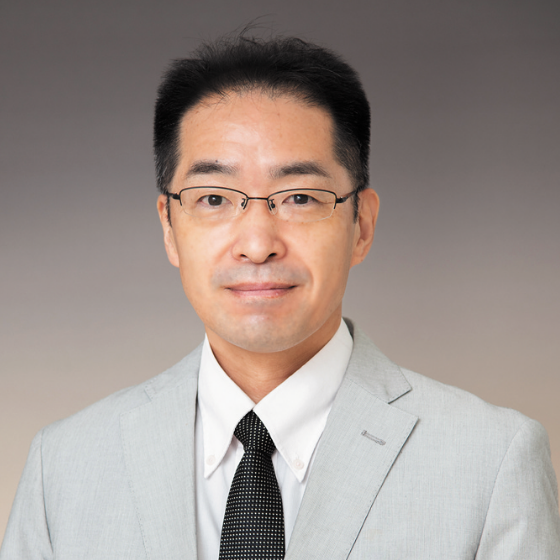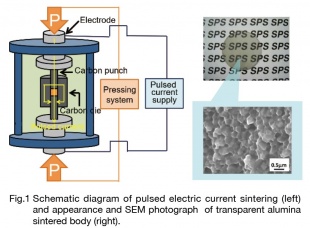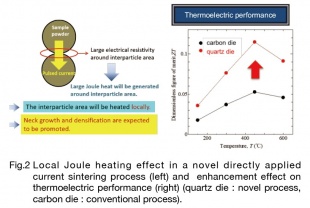Faculty of Engineering
Department of Mechanical Engineering
- Key words
- Sintering, Powder Metallurgy, Microstructure Control, SPS Process, Energy Harvesting, Thermoelectric Material, Magnet, Transparent Material

Doctor (Engineering) / Professor
Mikio Ito
Education
Department of Material Science and Engineering, Faculty of Engineering, Osaka University
Graduate School of Engineering, Master’s Program, Osaka University
Graduate School of Engineering, Doctoral Program, Osaka University
Professional Background
Research Associate, Assistant Professor, Associate Professor at Osaka University
Consultations, Lectures, and Collaborative Research Themes
Development of processing on powder synthesis and sintering/consolidation and enhancement of performances of various functional/structural materials, such as thermoelectric materials, magnetic materials, etc.
Main research themes and their characteristics
「Synthesis of functional and structural materials by pulsed electric current sintering (SPS sintering)」
Pulsed electric current sintering (SPS sintering) can rapidly heat a powder compact (50~200K/min) by applying large pulsed current into a carbon die set under applied pressure. The powder compact can be highly densified at lower temperature and for a shorter period of sintering time (Fig.1 left).
We synthesized transparent alumina sintered bodies from nanometer-sized alumina powder via SPS process. The sintered body shows high transparency and density without pores. The grain size was less than 300nm, which is shorter than the wavelength of visible light (Fig.2 right). This fine microstructure successfully enhanced the strength of the sintered body and overcomes the weak point of the conventional transparent materials with coarsened grains. Thus, the nano-structured alumina sintered body with high transparency and strength was successfully obtained by the SPS rapid sintering process. We are also developing the powder and consolidation processing which can improve performances of various metallic/oxide thermoelectric materials and rare-earth magnets such as Sm-Fe-N, etc., through controlling their fine and anisotropic microstructures of sintered bodies.
「Development of novel and high efficient directly applied current sintering process and synthesis of excellent performance thermoelectric materials」
We are proposing a new SPS process using an electrically insulating die instead of the conventional electrically conductive die in sintering of electrically conductive powders. In this process, The applied current entirely flows through a powder compact, and a sample can be heated only by the Joule heating of the powder compact itself. As shown in Fig.2 (left side), the interparticle area in a powder compact has large electrical resistivity, so the large Joule heating effect is generated in this area, resulting in local heating of the interparticle region. This local heating effect is expected to accelerate neck formation and growth, leading to more rapid densification as compared to the conventional SPS process using a carbon die. This novel process will be able to consolidate a powder compact at lower temperature and for a shorter period of heating time and obtain a densely sintered body with suppressed grain growth and fine microstructure.
The FeSi2 thermoelectric material was sintered by this novel SPS process. The synthesized densely sintered body with finer microstructure significantly enhanced thermoelectric performance as compared to the conventionally prepared one (Fig.2 right).
Major academic publications
M. Ito and H. Tsunemi, “Synthesis of Sm2Fe17N3 compacts by mechanical milling with graphite powder and their magnetic properties”, Journal of Magnetism and Magnetic Materials, Vol.490, (2019), Article number 165471.
F. Liana, M. Ito, M. Takeda, “Phosphorus doping in n-type β-FeSi2/Si composites and its effects on thermoelectric properties”, Intermetallics, Vol.108, (2019), 19-24.
M. Ito, K. Kawahara, K. Araki, “Energy-Saving Sintering of Electrically Conductive Powders by Modified Pulsed Electric Current Heating Using an Electrically Nonconductive Die”, Metallurgical and Materials Transactions A, Vol.45, (2014), 1680-1683.


